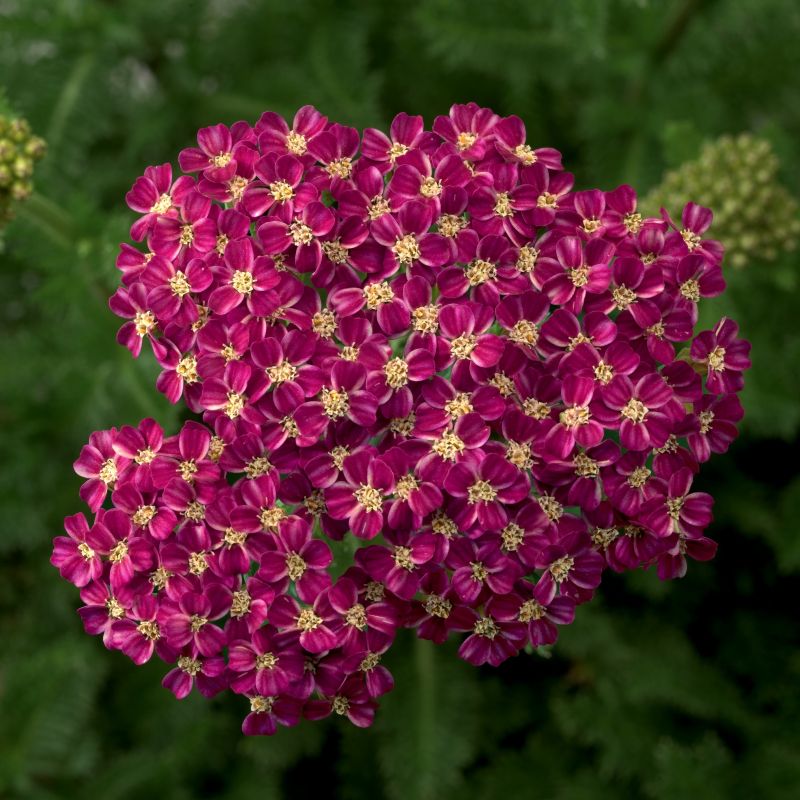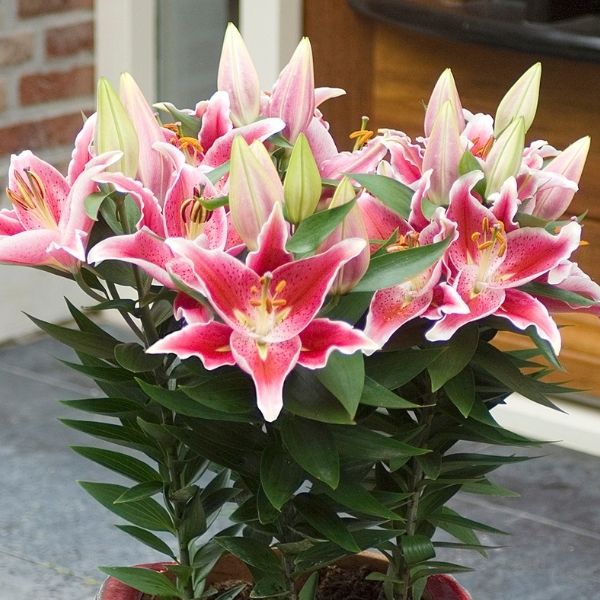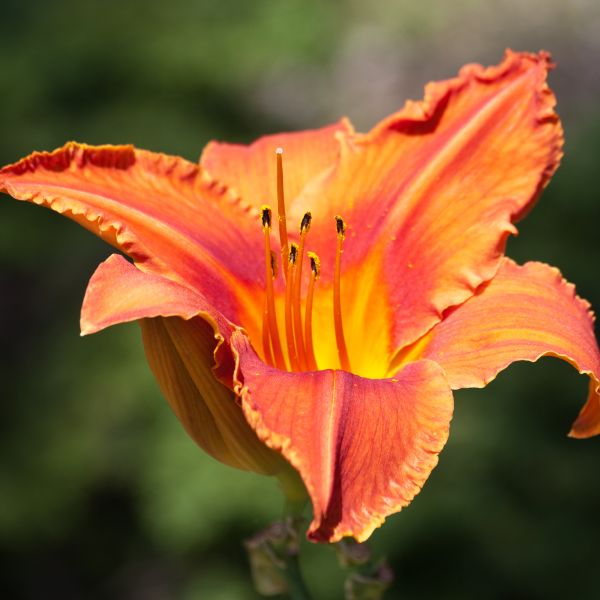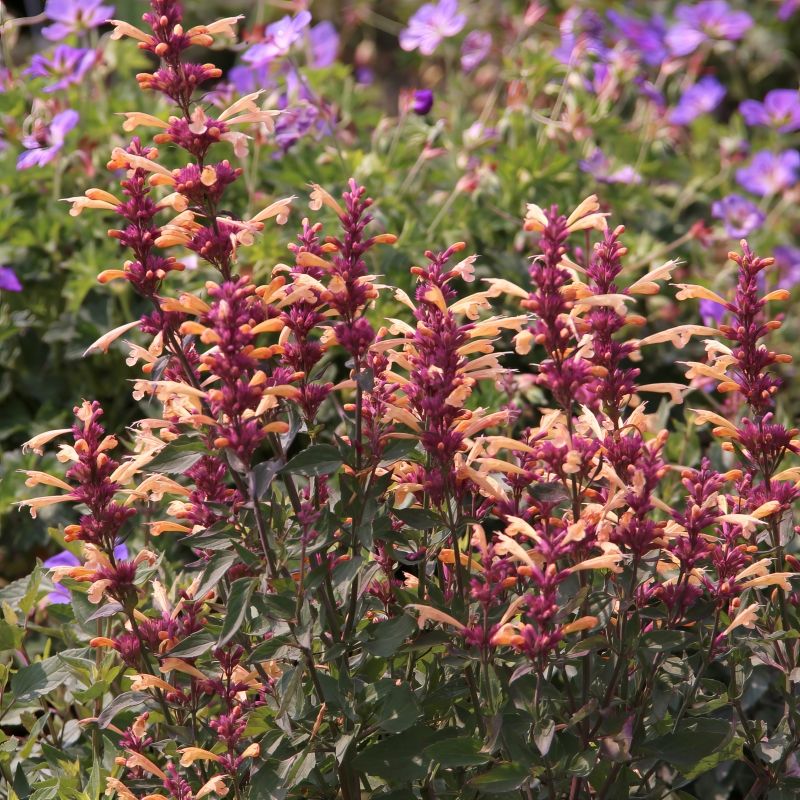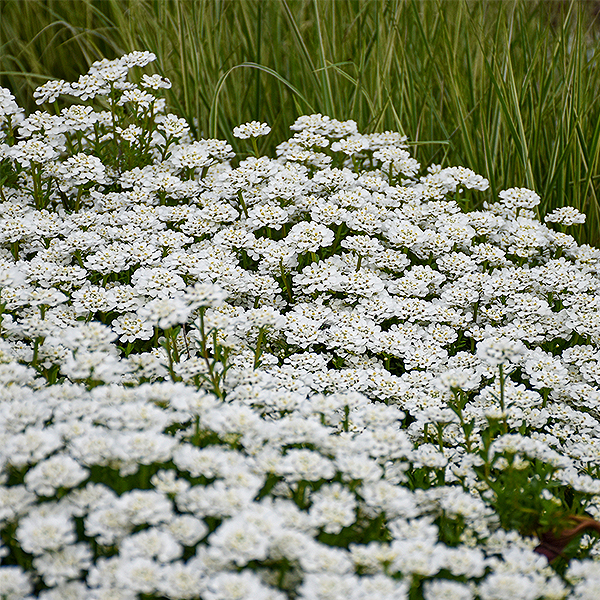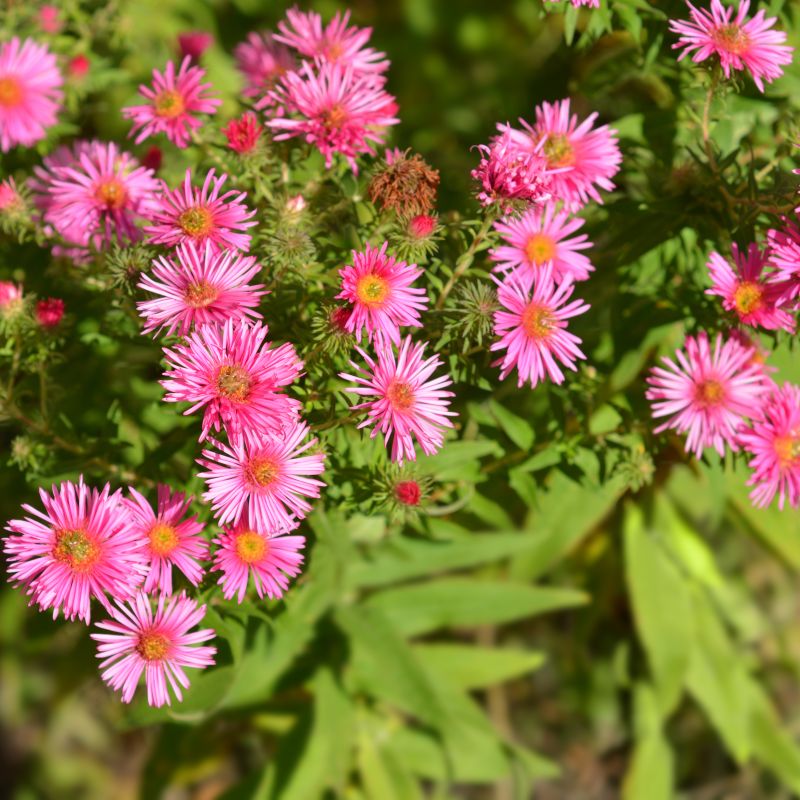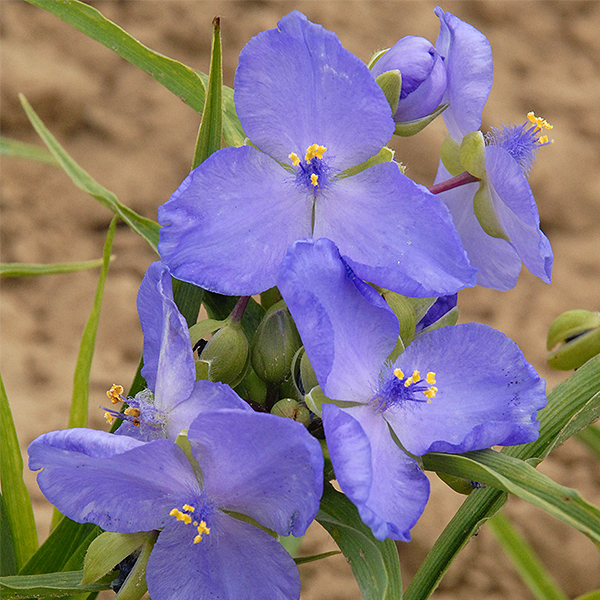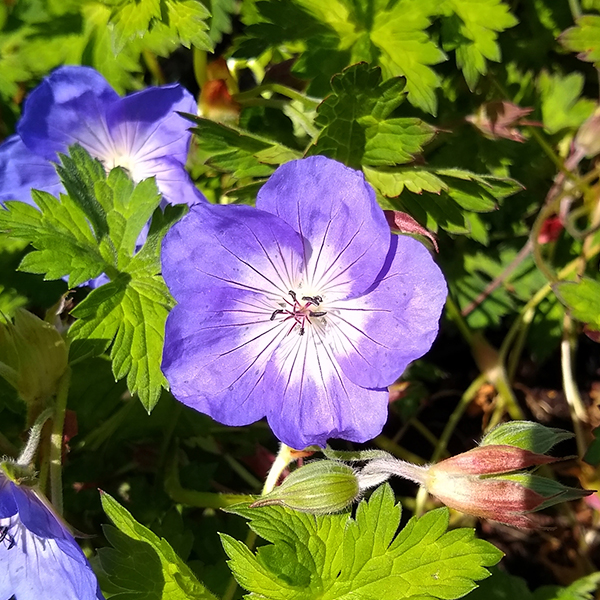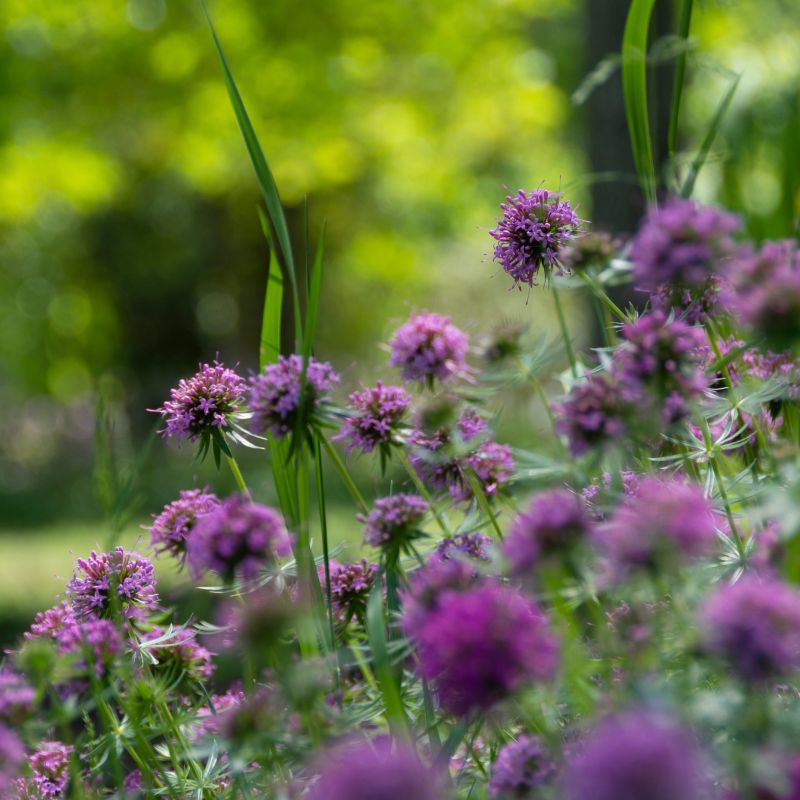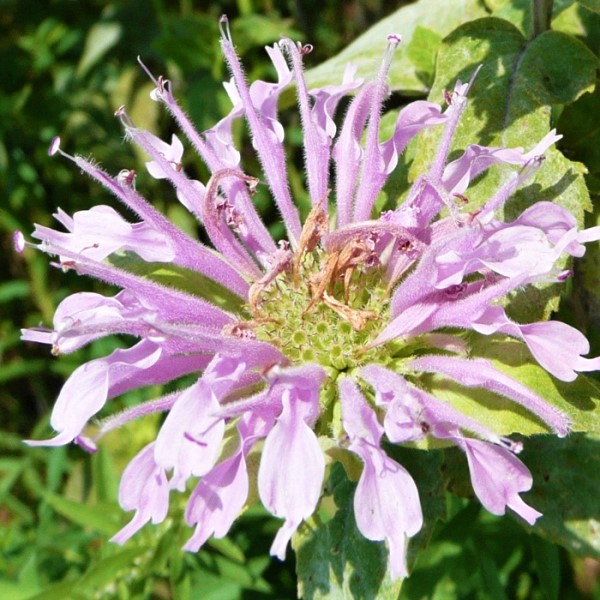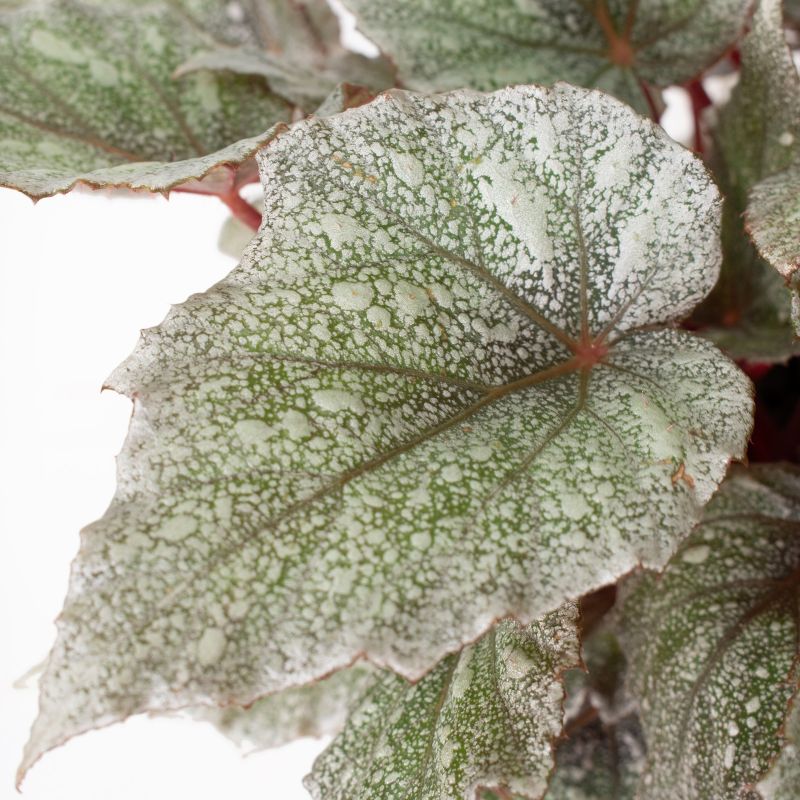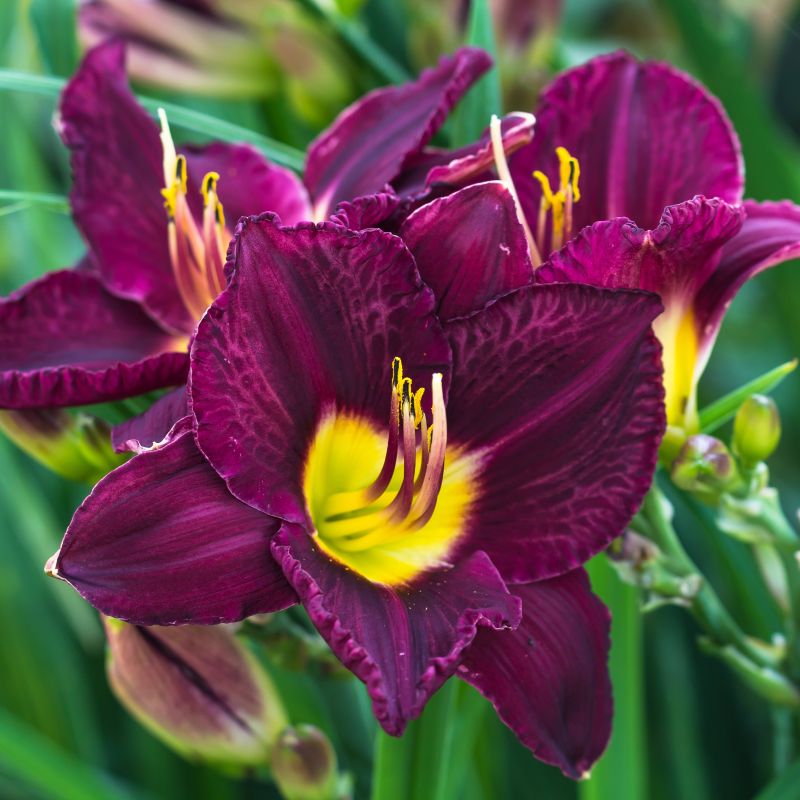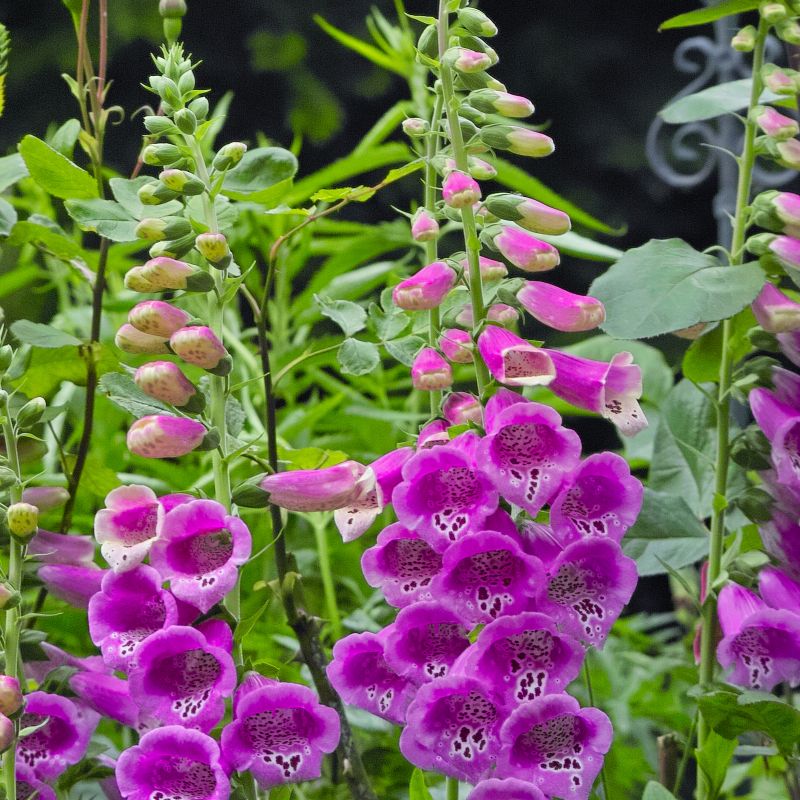

Camelot Rose Foxglove
Digitalis 'Camelot Rose'
8 reviews
Camelot Rose Foxglove
Digitalis 'Camelot Rose'
8 reviews
- Beautiful shades of pink and rose
- Tall spires of flowers add height and drama to the garden
- Attracts pollinators like bees and butterflies
- Recommended by landscape designers for optimal fit in real yards
$32.00
$46.00
30% Off
- Ships to in 3 to 7 days
- Free Shipping Over $150
- Plant Arrival Guarantee
- In Stock
- Free Plant Consult
$200 - Landscape-Approved: Every Plant We Sell Comes With Design Expertise Behind It
Premium 1 Gallon
Not just beautiful - intentionally selected by ShrubHub's 3D landscape design team to fit real-world spaces and maximize yard potential.
Why Camelot Rose Foxglove?
Camelot Rose Foxglove (Digitalis 'Camelot Rose') is a stunning perennial known for its tall spikes of rose-pink trumpet-shaped flowers. This plant is a favorite among pollinators like bees and hummingbirds. It thrives in moist, well-drained soil and partial sun to full shade. With its striking blooms and easy care requirements, Camelot Rose Foxglove is a must-have for any garden.
People who loved this plant also bought
Sunlight
The Camelot Rose Foxglove requires full to partial sunlight for optimal growth. It is best to plant it in a location that receives at least 4-6 hours of direct sunlight per day. However, it can tolerate some shade in hotter climates.
Watering
Camelot Rose Foxglove plants require regular watering to keep the soil consistently moist, especially during hot and dry periods. Be sure to water deeply to encourage deep root growth and avoid letting the soil dry out completely between waterings.
Fertilizing
Camelot Rose Foxglove plants benefit from a balanced fertilizer with an N-P-K ratio of 10-10-10 or similar. Fertilize in early spring before flowering and again in mid-summer. Avoid over-fertilizing as this can lead to leggy growth. Water well after fertil
Camelot Rose Foxglove (Digitalis 'Camelot Rose')
The Camelot Rose Foxglove is a stunning perennial that produces spires of tubular flowers in a beautiful shade of rose-pink. This plant is a favorite among gardeners for its tall, elegant presence in the garden and its ability to attract pollinators like bees and butterflies.
Key Features:
- Produces spires of tubular rose-pink flowers
- Attracts bees and butterflies
- Perennial plant
- Tall and elegant presence in the garden
- Thrives in full sun to part shade
Care Instructions:
The Camelot Rose Foxglove thrives in well-drained soil and prefers full sun to part shade. It is a relatively low-maintenance plant that requires occasional watering to keep the soil moist but not waterlogged. Deadheading spent flowers can help promote continuous blooming throughout the growing season.
Uses:
Camelot Rose Foxglove is an ideal choice for adding vertical interest to borders, cottage gardens, or woodland gardens. It also makes a stunning cut flower for bouquets and floral arrangements.
Caution:
It is important to note that all parts of the Camelot Rose Foxglove plant are toxic if ingested, so caution should be taken when planting this perennial in areas where children or pets may come into contact with it.
Plant Information:
| Botanical Name: | Digitalis 'Camelot Rose' |
| USDA Zones: | 4 - 9 |
| Exposure: | Full Sun |
| Soil Needs: | Widely adaptable |
| Mature Height: | 3 - 4 feet |
| Mature Spread: | 1 - 2 feet |







Pollination Info
Pollination Info for Camelot Rose Foxglove (Digitalis 'Camelot Rose')
The Camelot Rose Foxglove is a biennial plant that belongs to the Digitalis genus. It produces beautiful pink tubular flowers that are attractive to bees, butterflies, and hummingbirds.
Pollination for the Camelot Rose Foxglove primarily occurs through the help of bees. Bees are attracted to the sweet nectar and bright color of the flowers, and as they collect nectar, they inadvertently transfer pollen from one flower to another, leading to pollination.
Butterflies and hummingbirds may also act as pollinators for the Camelot Rose Foxglove, although bees are the primary pollinators for this plant.
Proper pollination is essential for the production of seeds, which are necessary for the plant to reproduce and spread. Without pollination, the plant may not be able to produce seeds and continue its life cycle.
Overall, the Camelot Rose Foxglove relies on bees, butterflies, and hummingbirds for pollination to ensure the successful reproduction of the plant.
FAQ
Camelot Rose Foxglove (Digitalis 'Camelot Rose') FAQ
1. What is Camelot Rose Foxglove?
Camelot Rose Foxglove is a stunning perennial plant with beautiful pink flowers. It belongs to the Digitalis genus and is known for its tall flower spikes.
2. How do I care for Camelot Rose Foxglove?
Camelot Rose Foxglove prefers partial shade and moist, well-drained soil. It should be watered regularly, especially during hot weather. Deadheading spent flowers can encourage new blooms.
3. When does Camelot Rose Foxglove bloom?
Camelot Rose Foxglove typically blooms in late spring to early summer. The pink flowers are a favorite of bees and butterflies.
4. Is Camelot Rose Foxglove toxic?
Yes, Camelot Rose Foxglove is toxic if ingested. It contains naturally occurring toxins that can be harmful to humans and pets. Keep this plant away from children and animals.
5. How tall does Camelot Rose Foxglove grow?
Camelot Rose Foxglove can grow up to 3-4 feet tall, with flower spikes reaching even higher. It is a dramatic plant that adds height and color to the garden.
6. Can I grow Camelot Rose Foxglove in a container?
Yes, Camelot Rose Foxglove can be grown in a large container filled with well-draining soil. Make sure the container has drainage holes and place it in a partially shaded spot.
7. How do I propagate Camelot Rose Foxglove?
Camelot Rose Foxglove can be propagated by collecting and sowing seeds. The seeds should be sown in a seed tray in early spring and kept moist until they germinate. Transplant the seedlings to the garden once they are large enough.
Planting & Care
Planting & Care for Camelot Rose Foxglove
The Camelot Rose Foxglove, also known as Digitalis 'Camelot Rose', is a beautiful flowering plant that is easy to care for. Follow these planting and care tips to ensure your Camelot Rose Foxglove thrives in your garden:
Planting
- Choose a location with well-drained soil and partial shade to full sun exposure.
- Plant your Camelot Rose Foxglove in the spring or fall, spacing each plant about 12-18 inches apart.
- Dig a hole that is slightly larger than the plant's root ball, place the plant in the hole, and backfill with soil.
- Water the plant thoroughly after planting.
Care
- Water your Camelot Rose Foxglove regularly, especially during dry periods, to keep the soil moist but not waterlogged.
- Apply a balanced fertilizer in the spring to promote healthy growth and flowering.
- Deadhead faded flowers to encourage new blooms and prevent self-seeding.
- Protect your plant from strong winds, as the tall flower stalks can be easily damaged.
- Keep an eye out for pests such as aphids and slugs, and treat them promptly if necessary.
- In colder climates, apply a layer of mulch around the base of the plant in the fall to protect it from frost.
By following these planting and care instructions, you can enjoy beautiful Camelot Rose Foxgloves in your garden for many years to come.
Check Out These Verified Customer Reviews:
Customer Reviews
4.9 out of 5 based on 8 reviews
Thank you! Your review has been submitted.
Overall, a fantastic experience. Will definitely be purchasing from here again.
The foxglove arrived in perfect condition, exactly as described. Very pleased!
The Camelot Rose Foxglove exceeded my expectations. The plant arrived in perfect condition and the flowers are absolutely stunning. The website was easy to navigate, and the shipment was quick and efficient. Highly recommend!
Item has been added to your cart.




